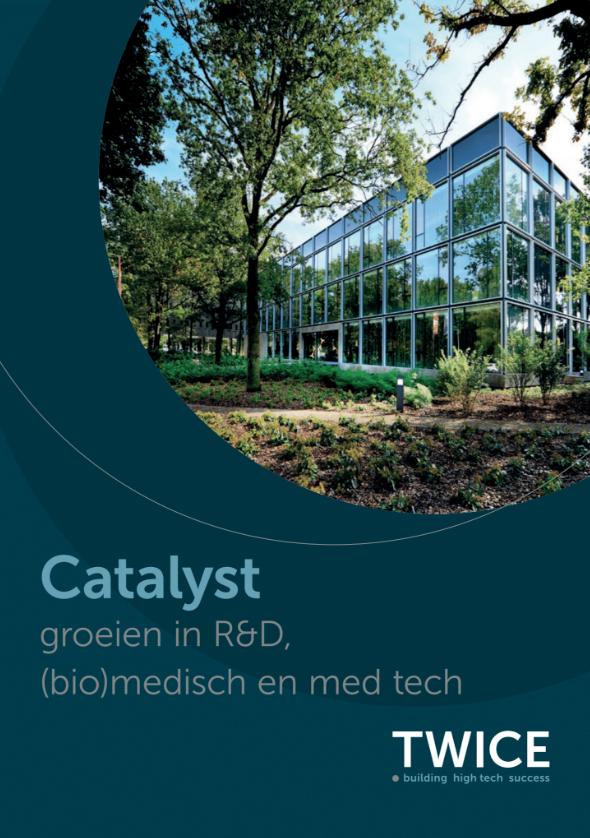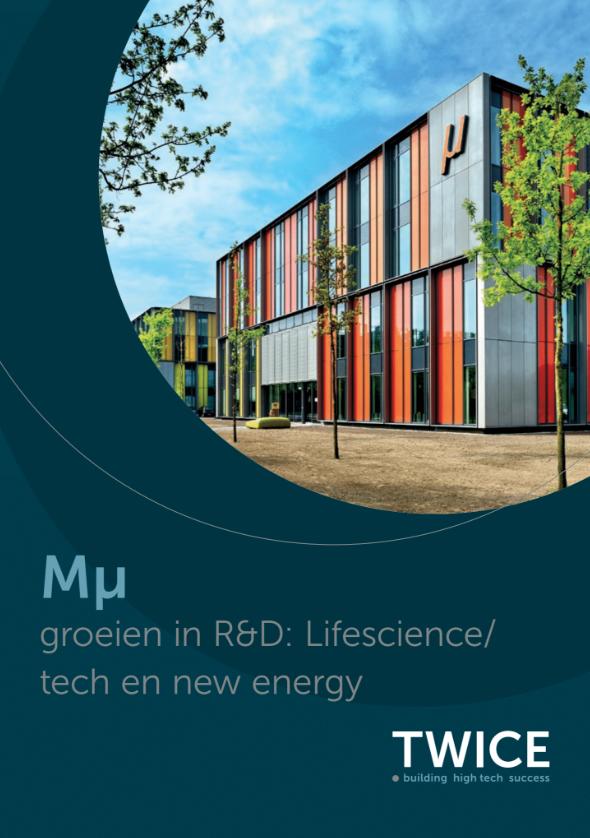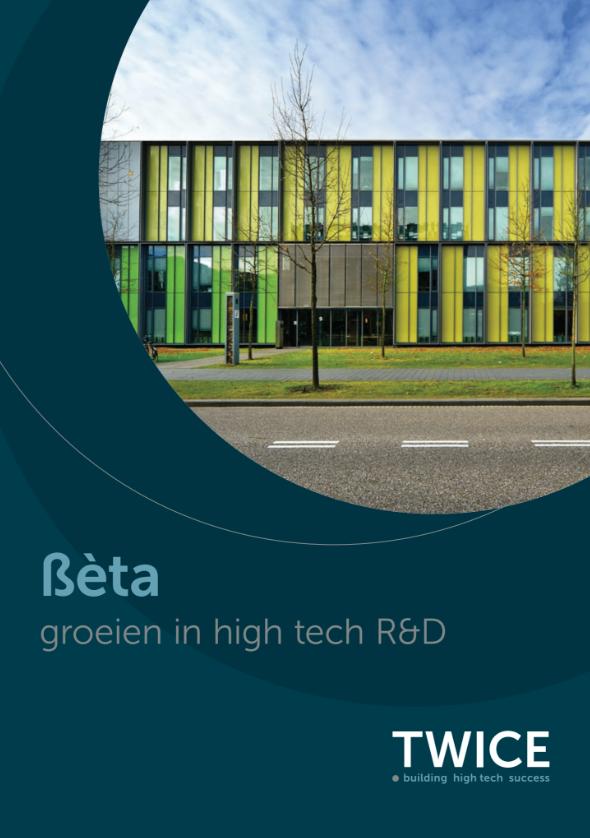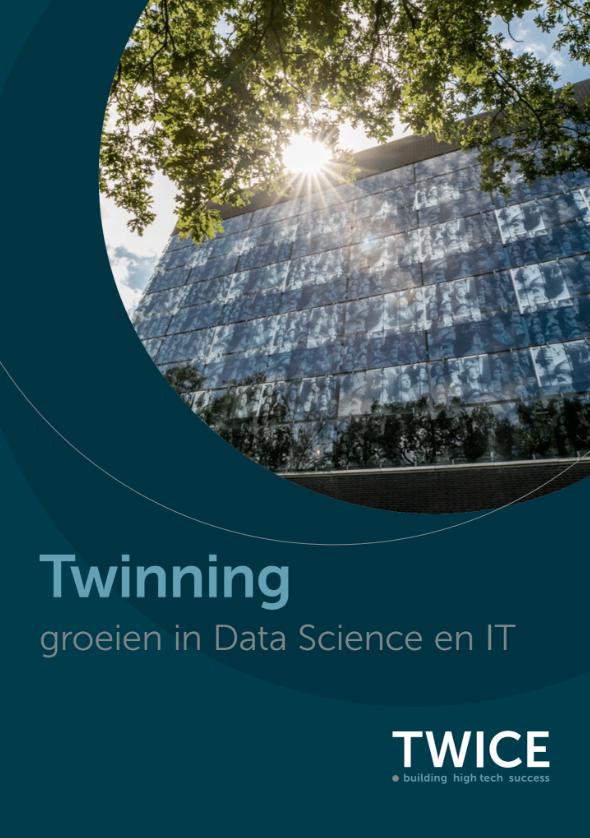In Eindhoven sits the super specialized laboratory of Altum RF (located in hub Twinning of Twice Eindhoven on the TU/e Campus). As you might expect, the name stands for "high radio frequencies. Because that's what they do at Altum RF: they develop tiny chips for antennas that can capture and amplify signals transmitted at high frequencies.
Consider, for example, signals emitted by satellites, or signals that will soon be used to send and receive super-fast data via the new 5G frequency band between 26.5 and 29.5 gigahertz that will be available starting in 2025.
Super short wavelengths
The problem you have with such high frequencies is that the length of the waves is short, says Niels Kramer, director of Altum RF. The one from a frequency of 30 gigahertz, for example, is only a centimeter. The higher the frequency, the shorter the wave. Now you might think: what difference does that make? One of the problems with that is that the electrical signals that are transmitted through those very high frequencies are easily attenuated, and the distance between the antenna and the amplifier chip connected to it should not be too large.
Gallium
The usual material for chips, silicon, is therefore not suitable. That attenuates electrical signals that must be transmitted via the high frequencies too much. Altum RF therefore uses gallium nitride, a semiconductor material made of gallium (a metal that can be extracted from coal, among other sources) and nitrogen. Gallium can also be bonded to arsenic for making this type of chip. Then it is called gallium arsenide.
An advantageous property of this material is that electrons move more easily in it than in silicon and it conducts even better. This amplifies the electromagnetic wave so the signal and its energy are not lost. The electrical breakdown voltage is also a lot higher than that of silicon. "With silicon, the signal could not be amplified as much as with gallium," Kramer said. So there wasn't much choice.
Satellite communications
As many as a thousand of these chips could be used for some of these types of active antennas, Kramer said. "For satellite communications, for example. We also work for the ESA."
The disadvantage of gallium nitride is that it is very expensive. Therefore, it will not be used for the production of cell phones. It will be the large telecom companies that will order the chips in large quantities for the production of base stations for the high frequency band of 5G. "We have already sent prototypes to several customers. Those are now testing whether they work well in their systems."
The 5G chip was ready in two years, Kramer says. All in all, then, a job that was manageable. How quickly Altum RF can develop a 6G chip will become apparent when a customer presents itself that wants it quickly, Kramer says. He won't start before then.
6G chip in early stages
The TU/e project that will work on this in collaboration with electronics manufacturer NXP, MyWave, nevertheless began in April.
The challenge facing that team is huge. Because 6G from 2030 is likely to use frequencies higher than 100 gigahertz, the length of which is therefore very short, the path it takes to the antenna must therefore be even shorter than in the 5G chip. "We think the antenna has to be integrated into the chip. Otherwise it can't be done. Then again, you run into whole new problems."
Whether this job will be peaked within two years, Kramer does not dare to predict. But that they will succeed in making such an antenna-on-chip is certain as far as he is concerned. "This is going to happen."





